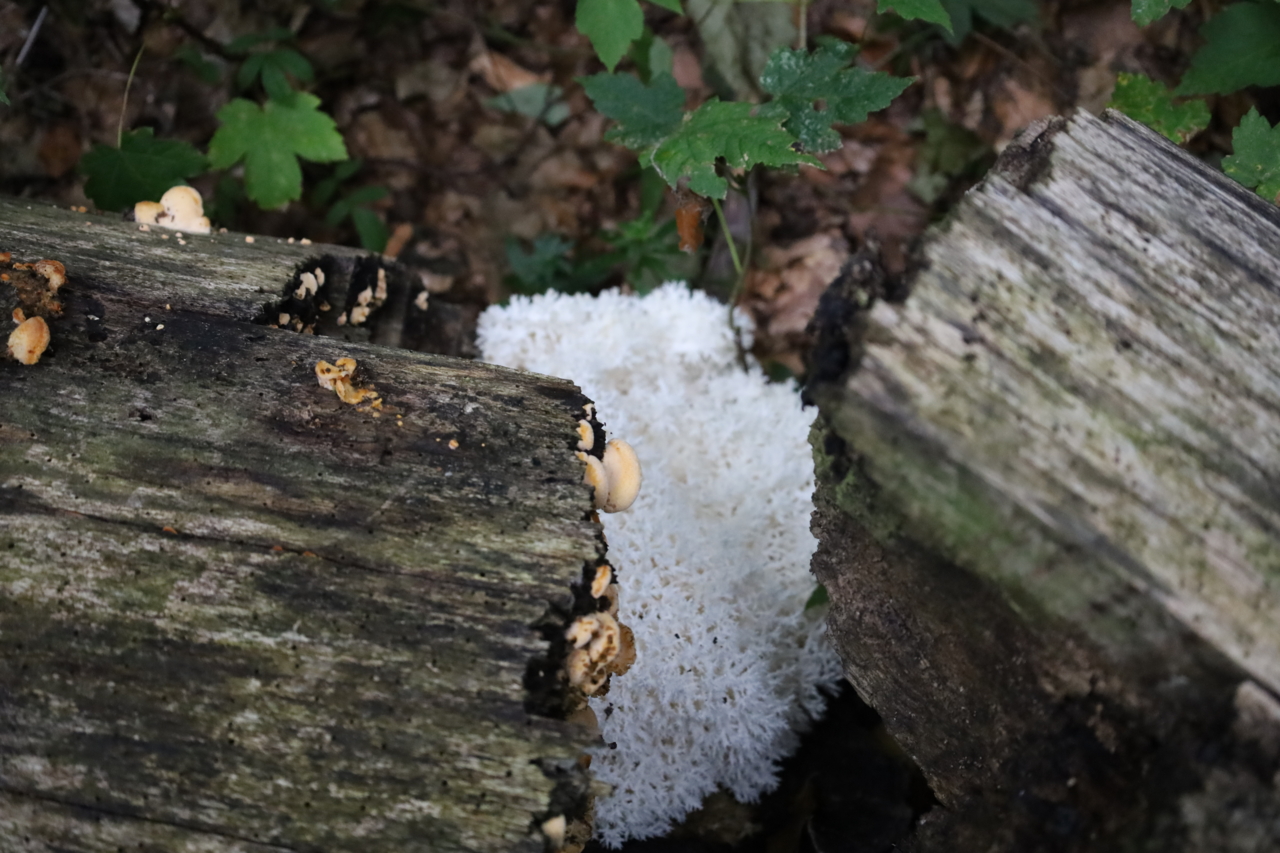Habitat trees: key elements for forest biodiversity

Photo: EFI
Habitat trees are defined as standing live or dead trees providing ecological niches (microhabitats) such as cavities, bark pockets, large dead branches, epiphytes, cracks, sap runs, or trunk rot. Depending on their characteristics, habitat trees go by different names. Veteran, ancient, or monumental trees are individuals of remarkable age or size, whereas wildlife or cavity trees host animals such as woodpeckers and other cavity-nesting species.
Habitat trees and the microhabitats they host are of prime concern for forest biodiversity as they can harbour many endangered specialised species of flora and fauna. At least 25% of forest species depend on or benefit from deadwood and habitat trees. Many of them belong to the most threatened organisms in European temperate forest ecosystems. Veteran trees have always caught man’s attention and have consequently acquired a symbolic role. For example, justice was long administered under old lime or oak trees in Central Europe. However, despite their cultural importance, such trees have undergone a marked decline for diverse reasons: the loss of their symbolic value through cultural change and the establishment of modern forestry and agriculture accompanied by the abandonment of traditional forest uses. Today, veteran trees are a legacy of the past and are of exceptional importance given the hundreds of years required for a tree to reach this status.
- Integrative Forest Management
- Monitoring & Projecting
- Passive Forest Restoration
- Landowners & Practitioners
- Planners & Implementers
- Policy Actors

